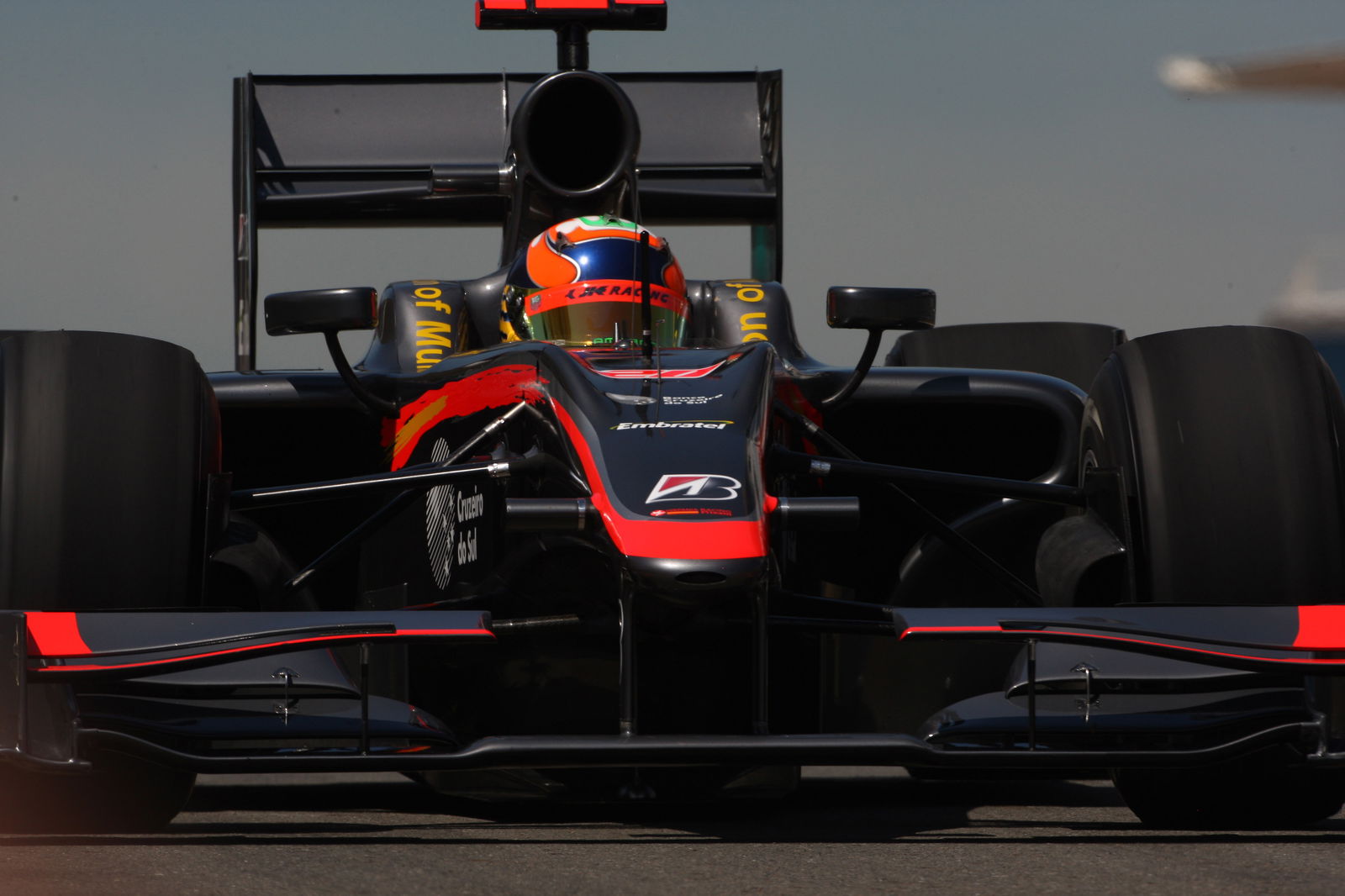Renault reveals secrets behind truck doors

Weighing in at 35-and-a-half tonnes, the Renault F1 Team's engineering truck is an impressive piece of kit.
It's a home away from home for the engineers; a mobile office with working space for 30 people. It's where some of the key decisions are made during the race weekend, a sanctuary for the drivers to debrief and a quiet place where the engineers can pore over the data.
"The truck is the hub from the point of view of engineering the car," explains Vitaly Petrov's race engineer, Mark Slade, "In the lead up to the race, it's where all the information comes in, and where everything gets decided, especially during the practice sessions when we're concentrating on setting up the car."
So who's in there calling the shots? Well, each driver has a team of engineers monitoring his every move on the racetrack. While the race engineer spends the sessions on the pit wall and in the garage, the back-up team consists of a performance engineer, a control systems engineer and two engine engineers. To do their jobs, they have a vast array of computer screens and monitors to follow the action, as Robert's performance engineer, Jon Marshall, explains.
"All the engineers use two laptops, simply because of the number of software packages we run to monitor the car would be too much for one machine," he says, "So we each have four monitors running from two laptops. Above those we have another bank of screens with the TV feed and timing data. There's even a webcam set up in the garage so that we can see the state of the car without having to leave the truck. In total, I think there are over 60 screens just in the one truck."
During the sessions, the control system engineers have the task of making sure all the systems on the car are working correctly, while the performance engineers concentrate on extracting the most from those systems. If they spot anything in the data that could improve performance, or could lead to a failure on the car, they'll be straight on the radio to inform the race engineer. In fact, it was their quick reactions at Silverstone that spotted a slow puncture on Petrov's car, allowing a quick call to be made to pit the car, avoiding a potentially dangerous situation.
When each session is over, the drivers usually head straight to the truck to begin downloading their thoughts in the traditional debrief. Before the engineers start analysing the data, they hang on the driver's every word because it influences how they interpret the data.
"Obviously, one of the problems with analysing data is the fact that the driver is driving in a way that gets around the problems with the car," Slade explains, "So the data will not necessarily show you what issues you have with the car. You have to find out why he's doing things the way he is, and then identify the issues you need to resolve."
But surely with so many laps completed, and so much data to analyse, it can feel a bit like searching for a needle in a haystack? How do they know where to begin?
"That's part of the skill," Marshall smiles, "It's all about focusing on the problems that are relevant, or the opportunities to improve. So we have a regimented list that we go through to cover all the major systems on the car."
